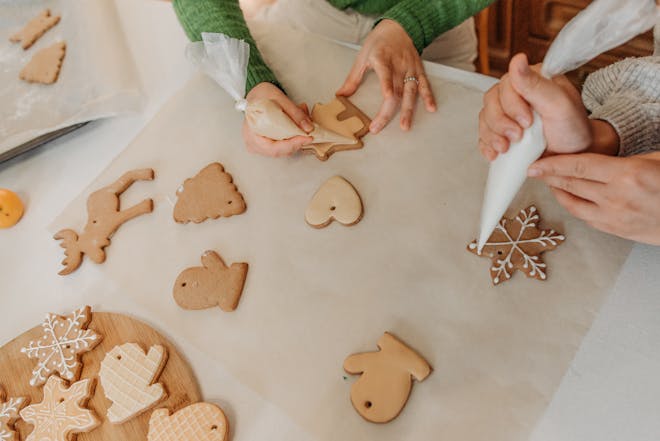Reverse Sear Prime Rib Cooking Time Chart: Your Guide to Perfection
When it comes to perfecting the reverse sear method on a prime rib, understanding the cooking time chart is essential. This technique, which involves slow-cooking the meat before finishing it with a high-heat sear, can produce a prime rib that’s evenly cooked from edge to edge. It’s a favorite among meat connoisseurs for its ability to deliver a steakhouse-quality crust paired with tender, juicy meat.
The Basics of Reverse Sear Prime Rib
Before diving into the cooking time chart, let’s briefly go over what reverse searing entails. The reverse sear is a two-step process. First, you cook the prime rib at a low temperature in the oven or on a grill. Once the meat reaches a few degrees below your desired level of doneness, you remove it and let it rest. Finally, you sear it over high heat to create a flavorful crust.
Understanding Your Prime Rib
To use a reverse sear prime rib cooking time chart effectively, you need to know the weight and thickness of your cut, as these factors greatly influence cooking time. A digital meat thermometer is also a critical tool for ensuring the perfect internal temperature.
Reverse Sear Prime Rib Cooking Time Chart
Below is a general guideline chart for reverse searing prime rib. Remember, these times are approximate and should be adjusted based on your oven’s performance and the specific cut of meat.
Weight of Prime Rib: 3-12 lbs (1.5-5.5 kg)
Initial Cooking Temperature: 225-250°F (105-120°C)
Final Searing Temperature: 500-550°F (260-290°C)
3-5 lbs (1.5-2.3 kg)
Initial Cook Time: 2-3 hours
Final Internal Temperature Before Searing: 110-115°F (43-46°C)
Sear for 1-2 minutes per side.
6-8 lbs (2.7-3.6 kg)
Initial Cook Time: 3-4 hours
Final Internal Temperature Before Searing: 110-115°F (43-46°C)
Sear for 2-3 minutes per side.
9-12 lbs (4.1-5.5 kg)
Initial Cook Time: 4-5 hours
Final Internal Temperature Before Searing: 110-115°F (43-46°C)
Sear for 3-4 minutes per side.
Tips for the Perfect Reverse Sear
Rest the Meat: After the initial slow cook, let your prime rib rest for at least 20 minutes. This allows the juices to redistribute throughout the meat.
Use a Cast-Iron Skillet: For the searing stage, a cast-iron skillet can provide a consistent high heat that’s ideal for creating a delicious crust.
Season Well: Don’t skimp on the seasoning. A generous amount of salt and pepper can elevate the flavors of your prime rib.
Monitor the Temperature: Always use a meat thermometer to ensure you reach the desired internal temperature before searing.
Adjusting for Desired Doneness
The reverse sear prime rib cooking time chart above targets a final doneness of medium-rare. If you prefer your prime rib more or less cooked, adjust the final internal temperature before searing accordingly:
– Rare: 120-125°F (49-52°C)
– Medium-Rare: 130-135°F (54-57°C)
– Medium: 140-145°F (60-63°C)
– Medium-Well: 150-155°F (65-68°C)
– Well-Done: 160°F (71°C) and above
Remember, the meat’s internal temperature will continue to rise slightly during the resting period and the high-heat sear.
By following this reverse sear prime rib cooking time chart and tips, you can achieve a prime rib that’s cooked to perfection with a delectable crust. Whether you’re hosting a holiday dinner or simply enjoying a luxurious meal at home, the reverse sear method will impress your guests and satisfy your craving for an expertly cooked prime rib.
